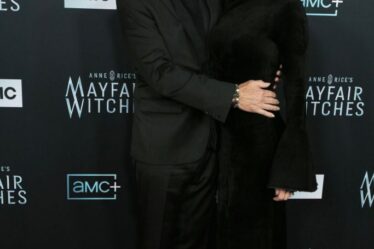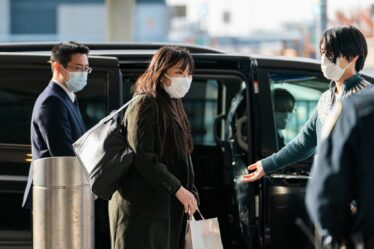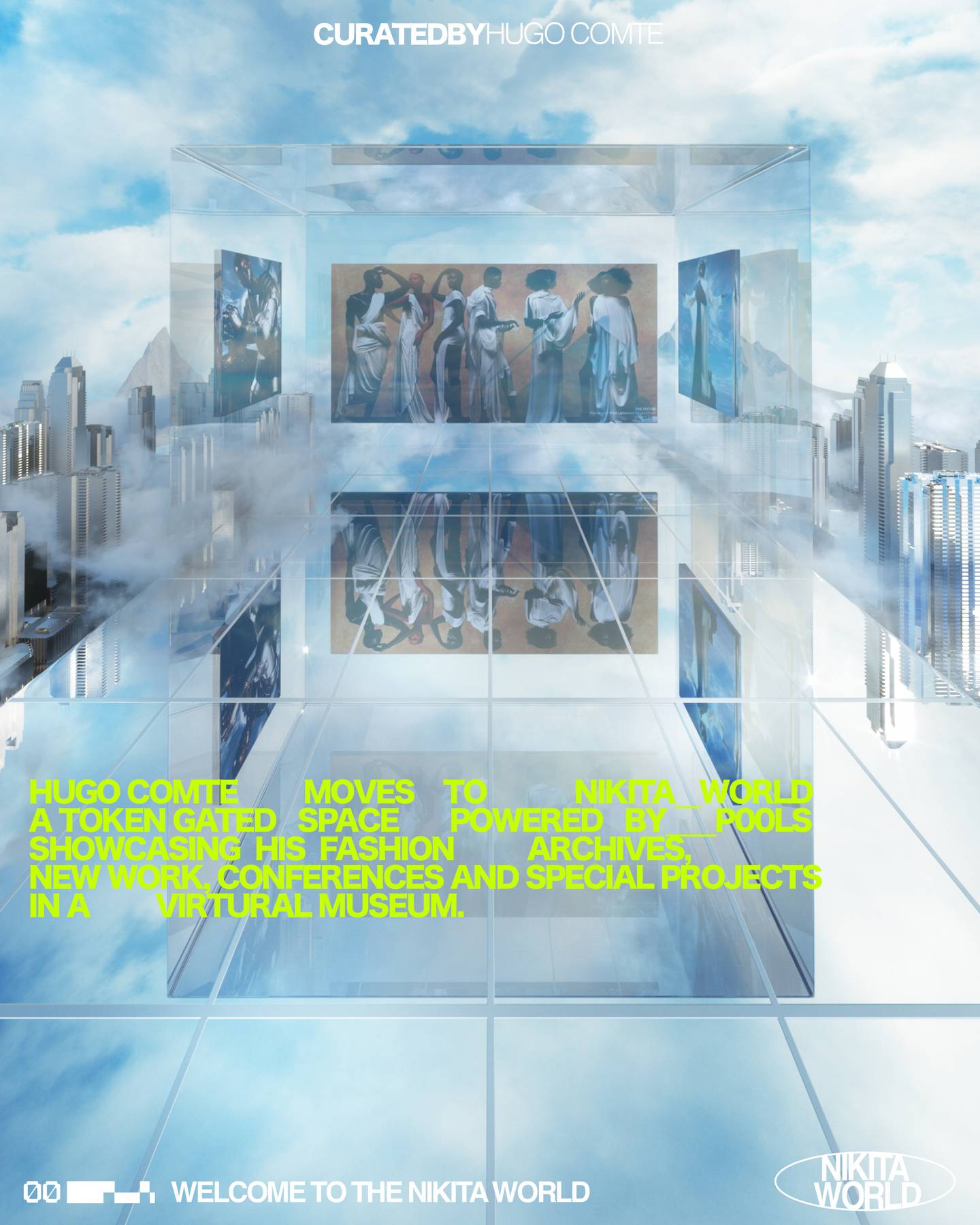
Come June, Hugo Comte will press the launch button on Nikita World, a virtual realm he has been building with British metaverse company Improbable. Inside, fans will find a Gran Turismo-like CGI environment where they can roam around Comte’s hyperreal images and talk to each other as if on a Zoom call. They’ll also be able to earn $Nikita coins, Nikita World’s own digital tokens, and spend them on talks, masterclasses and, later, NFTs and digital clothing.
Nikita World may sound like the brainchild of a blockchain bro, not a fashion photographer. But engagement with digital assets is at an inflection point, according to BoF Insights’ Digital Fashion and Avatars report. And though the recent Metaverse Fashion Week may have flopped, market leaders like Gucci and Balenciaga are betting on the space, and fashion creatives like Comte see opportunity.
The 26-year-old French photographer, who sports a shaved head and wears wraparound sunglasses at night, has already shot covers for Italian Vogue, campaigns for Burberry and the cover of Dua Lipa’s Future Nostalgia album. But in the promise of the metaverse (a still unrealised parallel reality composed of virtual worlds) and the rise of web3 (the third iteration of the internet built on blockchain technology), he sees ways to better control how his work is distributed and monetised.
For years, fashion photographers were almost wholly dependent on magazines for distribution. Social media changed that, allowing them to publish their own content and build their own audiences. But monetising those audiences was another matter.
Today most fashion image-makers still rely on brands and magazines for income. And although platforms like Substack and Patreon already allow content creators to monetise their work more directly than YouTube or Instagram, web3 promises creatives like Comte new ways to deepen relationships with fans.
Comte particularly likes that, with $Nikita coin, he has been able to create a new kind of currency that fans can earn through engagement with his content. “I’m now rewarding people because they believe in me, not just because they spend their money,” he says.
“In using social tokens, NFTs and web3 in general, artists like Hugo Comte are moving away from an audience model to a community-driven model,” said Hugo Renaudin, the founder of P00ls, an “exchange for creator cryptocurrencies” which powers $Nikita coin.
It’s less about being on Instagram or “being on the biggest stage,” as Renaudin puts it. “It’s about gathering this group of people that will engage around their ideas and their values and their world as an artist.”
For Comte, Nikita World is also a way to explore a more multidisciplinary practice, in his case reconnecting with architecture, a field he studied but never put to use professionally. Instead, he picked up a camera to document how human bodies interact in architectural spaces and found himself with a new career path.
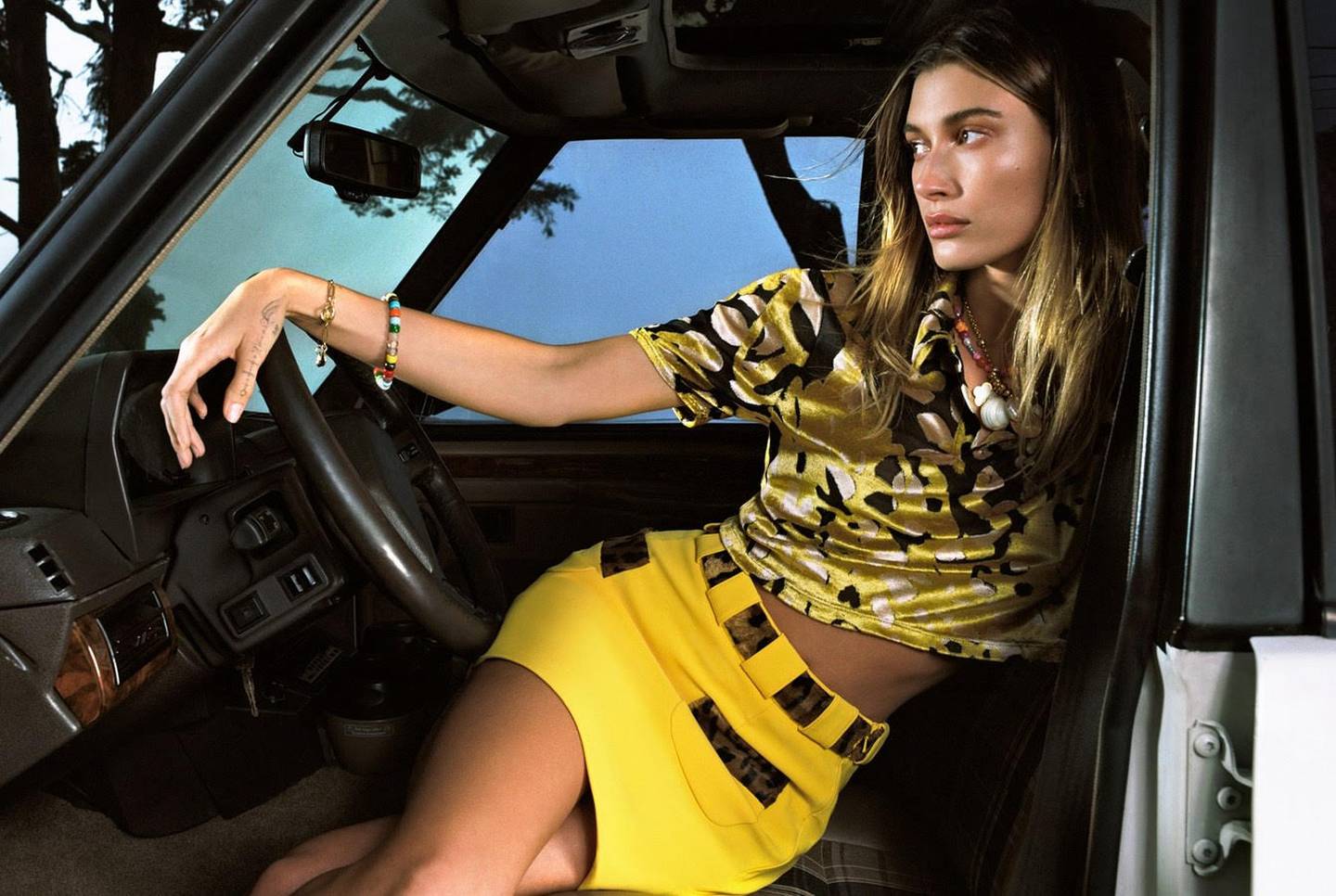
After two years of “making shitty money but being super excited to work,” his saturated, hyperreal images struck a chord with the fashion industry as the analogue photography trend started to wane in 2018. He got his big break that same year when Riccardo Tisci hired Comte to shoot the designer’s first Burberry campaign along with Nick Knight, Danko Steiner, Peter Langer, Colin Dodgson and Letty Schmiterlow.
And although critics say Comte’s work too closely mimics his 1990s references (see the Instagram account @hugocomteinspired), the photographer has been successful, shooting advertising campaigns for Ferragamo, Prada, Bulgari and Valentino, as well as magazine covers and editorials with top models like Naomi Campbell, Kendall Jenner and Gigi and Bella Hadid for Vogue, W, Pop, 032c, Self Service and others.
“It was almost a common agreement of the industry that was like, ‘Okay, this year, let’s work with him’ or something like that,” he says.
In February, Comte opened his first art exhibition, “Testament,” with stylist and Dazed editor-in-chief Ibrahim Kamara, comprising 15 large-scale photographs displayed at Galerie Hussenot in Paris.
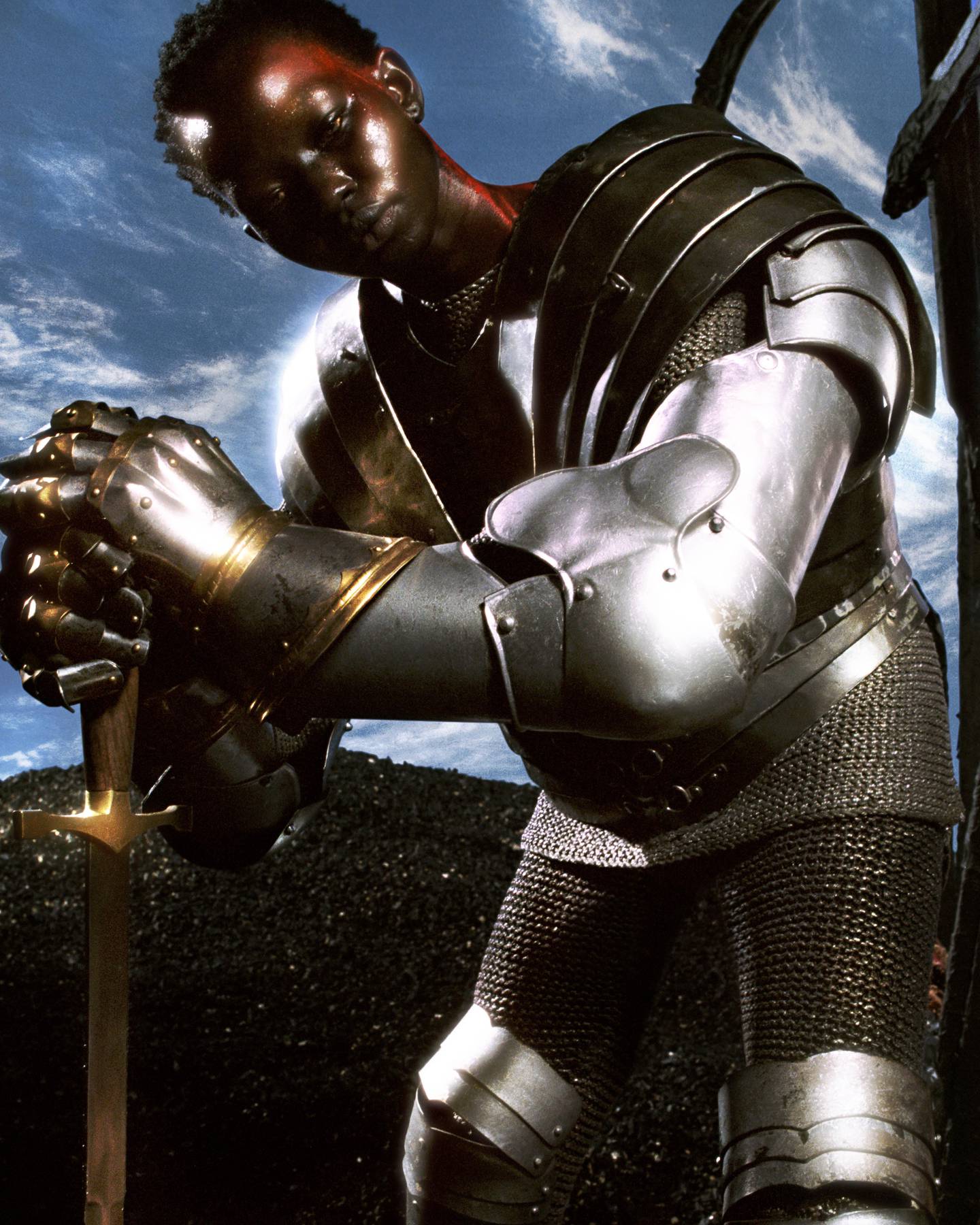
Now, Comte is pushing beyond photography. “For me, I don’t think what matters is the medium of the camera and photography itself,” he says. “It’s a tool, but my real target is to generate something beyond what a camera alone can generate.”
Digital media isn’t his only draw. During London Fashion Week, he unveiled a line of graphic knits and tees with designer Lois Sanders, dubbed Dear Nikita, which were modelled by Jennie from K-Pop sensation Black Pink, Squid Game star Ho Yeon Jung and it-girl-twin Simi Khadra. In June, he plans to debut a line of lamps, chairs and daybeds.

But he sees Nikita World as his most transformative venture yet. “I have the opportunity of merging my day-to-day life into something way more about innovation and linked to how to use technology to lead culture,” says Comte. Whether it will work is another matter.
Comte is a fan of Donald Williams Shimoda, the “miracle”-performing pilot and messiah in Richard Bach’s 1977 novel “Illusions.”
“This character shows how easy it can be to do anything,” he explains. “I just like the idea that even if you might fail, just go for it.”


